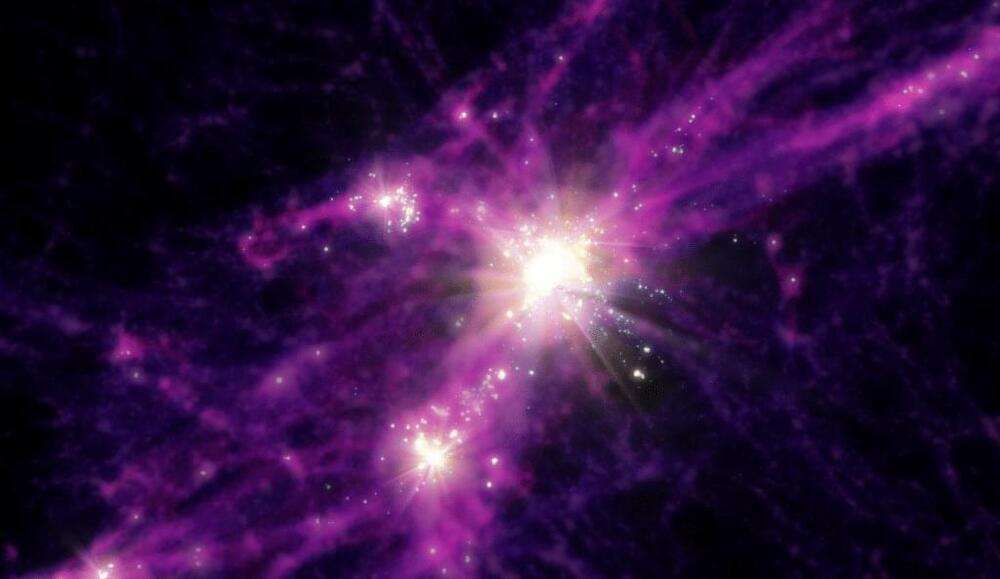At the edge of the universe, billions of light years away, there’s a time when the first galaxies were just beginning to light up. Think of it as the universe’s childhood. Scientists have always been keen to study this era because it helps us understand how galaxies, like our own Milky Way, came into existence. Recently, the James Webb Space Telescope (JWST), gave us an unprecedented peek into this ancient time, revealing some exciting and unexpected finds.
The JWST found a lot of really bright, big galaxies from that early era. This was surprising because we didn’t expect such large galaxies to exist so early in the universe’s history. These discoveries left astronomers with many questions. Were these bright galaxies truly from that ancient era? If they were, how did they form so quickly? And do these new findings fit with our current understanding of the universe’s history and growth?
Northwestern University researchers may have cracked the mystery. Contrary to initial beliefs, these galaxies might not be as massive as they appear. Instead, scientists say their eye-catching brightness could result from sudden, dazzling bursts of star creation.










Comments are closed.